The Lower Klamath River Will Soon Flow Freely Again
Sparking hope for the West’s rivers and beyond, a decades-long battle leads to the world’s biggest dam removal project.
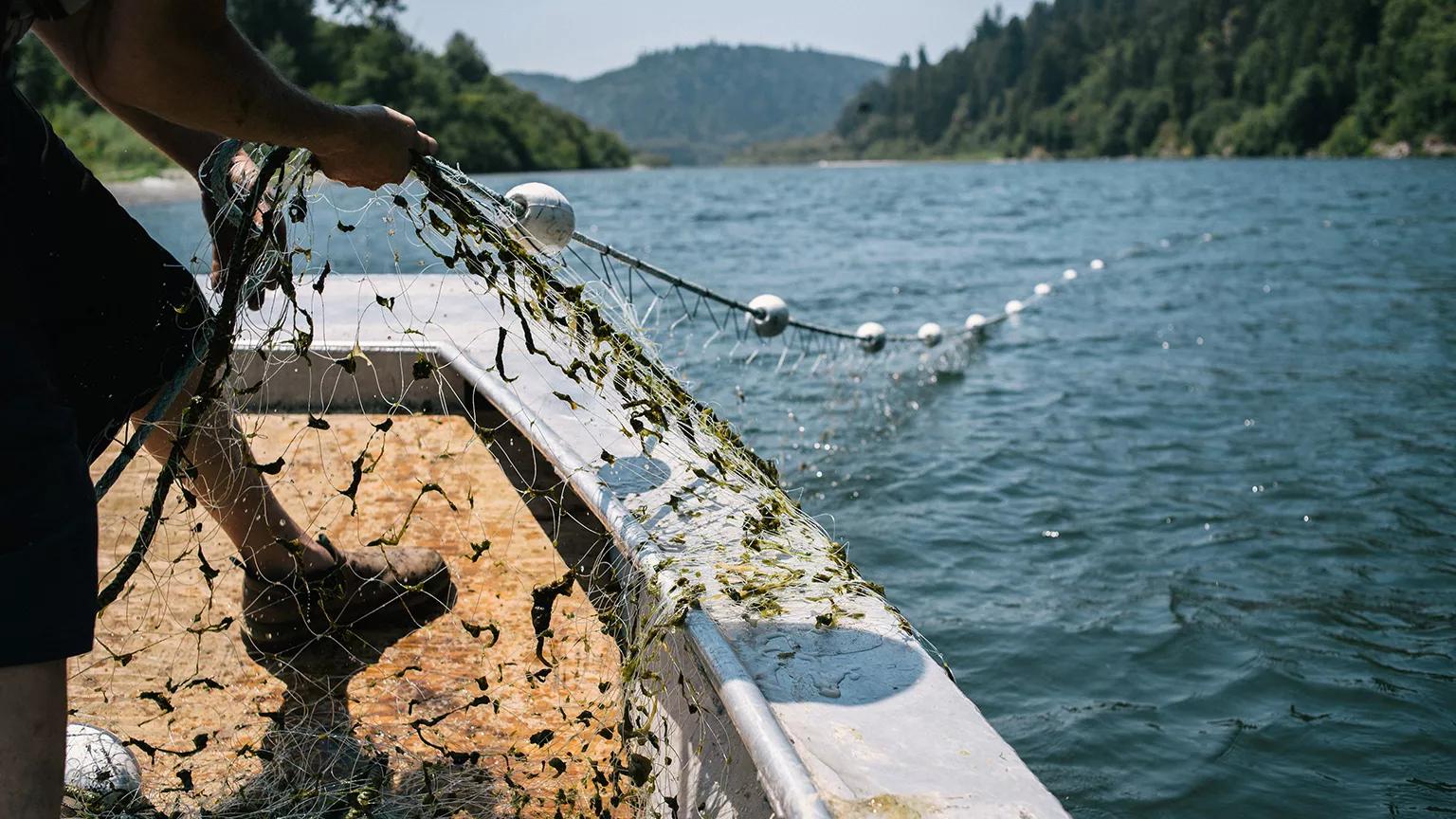
A Yurok tribal member fishes with a traditional gill net on the Klamath River in California.
Alexandra Hootnick/The New York Times via Redux Pictures
In the fall of 2002, Molli Myers witnessed an event she’ll never forget on the Klamath River. Up to 70,000 dead fish—mostly Chinook salmon that had been making their way upriver to spawn—washed up on the banks of the Klamath River for dozens of miles, their bodies rotting in the sun.
“Disgusting and devastating,” remembers Myers, a member of the Karuk tribe in northern California, who was working for the Karuk Department of Natural Resources at the time. Excessive water diversions had caused an already ailing Klamath to run too slowly and too shallow, leading to high water temperatures and other conditions that made the fish vulnerable to disease. Hydroelectric dams further disrupted the Klamath’s natural flow, and the combination of these factors paved the way for the largest recorded salmon fish kill in U.S. history.
From then on, Myers dedicated herself to healing the river she grew up fishing and the one her own five children would fish one day. And that meant getting rid of its dams. So she coordinated protests, testified at hearings, attended shareholder meetings, and raised awareness any way she could. During a particularly contentious time early on in her fight—which took her everywhere from Omaha, Nebraska, to Scotland—she remembers a woman even spitting on her. “I was feeling so hopeless,” Meyers says. “But you pick up, and you keep going.”
The fish kill also profoundly altered the life path of Amy Cordalis, a Yurok tribal member and fisherwoman. Cordalis comes from a long line of Indigenous leaders and activists—including a great-uncle whose 1973 U.S. Supreme Court case affirmed sovereignty for the tribe. Upon seeing the dead fish, she thought of her great-grandmother who battled for her right to fish the Klamath. “I decided to go to law school to try to prevent something like that from ever happening again,” recalls Cordalis. She previously served as general counsel for the Yurok people, the largest tribe in California, and is now the principal at the Ridges to Riffles Indigenous Conservation Group, which engages Indigenous communities in efforts to protect and restore natural and cultural resources.
Late last year, Myers and Cordalis celebrated a major milestone in their fight for the river they love. In November, after two turbulent decades of organizing and negotiating efforts by advocates, the Federal Energy Regulatory Commission (FERC) approved the deconstruction of four hydroelectric dams along the lower Klamath River. The decision set in motion what is expected to become the largest dam removal and river restoration project in history.
“Manifest destiny runs deep in the West, and dams are revered as symbols of progress,” says Craig Tucker, natural resources policy advocate for the Karuk tribe. Built around a century ago to meet the region’s rising power demands, the dams together now only generate an average of 56 megawatts a year. “Even when you have dead-beat dams like these that aren’t providing a clear benefit, it still took 20 years to remove them. Because they are monuments to manifest destiny.”
As these four monuments come down—all 400 feet of them—river advocates around the West see their removal as a hopeful sign for similar environmental justice fights in the region.
“We have been at war against some of the most powerful entities and white men in this country. And then we won—we won by relying on the laws and policies of this country,” Cordalis says. “And that's a part of the miracle of all this: They actually worked in our favor this time.”
Winning back the river
With its headwaters in southern Oregon, the Klamath River flows for more than 250 miles through the Cascade mountains and into northern California, before emptying into the Pacific Ocean. Between 1918 and 1962, the company now known as PacifiCorp built the four dams along the lower Klamath—J.C. Boyle in Oregon and Copco 1, Copco 2, and Iron Gate in California—as part of its Klamath River Hydroelectric Project. Like most decisions of the era (and the many that followed), the company that built these structures and the government officials who approved them did so without any consultation with the Hoopa Valley, Karuk, Yurok, or other area tribes.
A river choked by dams can no longer transport wildlife, nutrients, and sediment as it once did. The river may also sink to lower depths and become disconnected from tributaries that bring in fresher, cooler waters. Meanwhile, the reservoirs that dams create can foster deadly algal blooms, as has happened along the Klamath, and alter currents that, in turn, change erosion patterns. In short, a dam upstream affects everything in and along the river downstream. The Klamath River once had the third-largest salmon run in the continental United States, with more than 800,000 Chinook salmon returning every fall. Those numbers have since declined by more than 90 percent.
Long before the 2002 fish kill, the Yurok and other tribes, commercial fishers, and conservationists were talking about undamming the lower Klamath, which is home to four of the river’s seven dams, but the incident sparked more urgent collaboration and action.
“We would get laughed out of the room when we brought up dam removal because it was just such a far-fetched idea,” says Yurok member Barry McCovey Jr., a 23-year veteran of the tribe’s fisheries department, which he now directs. Then in 2006, the Klamath Hydroelectric Project came up for its 50-year federal relicensing by FERC, and advocates saw an opportunity to push the undamming idea forward.
“That’s when the company started to see the light: These dams are old, they're not producing a whole lot of electricity, and fish ladders are expensive,” McCovey says. Retrofitting them to modern legal standards, including the addition of fish passage to all four dams, would cost at least $460 million—more than the price to decommission them. After several years of negotiation, PacifiCorp saw the writing (and its bottom line) on the wall. In 2010, the company entered into a settlement agreement that would discontinue the dams’ operation.
“No dam in America has ever been removed with the dam owner opposing its removal,” says Tucker, who explains that the advocates’ open dialogues and collaboration with PacifiCorp were crucial.
"The fight for dam removal galvanized everybody into realizing that we are all tied together in this thing, this umbilical cord, called the Klamath River.”
Glen Spain, Klamath River Renewal Corporation board member
After even more negotiations, FERC received a request to approve PacifiCorp’s license surrender for its hydroelectric project in 2016 and, following the agency’s six-year regulatory oversight process, the company formally transferred the license to the Klamath River Renewal Corporation (KRRC) in December. The KRRC is a nonprofit created to take ownership of the dams, together with the states of California and Oregon, and it will oversee the processes to remove the dams and restore the river. Attributing the long-fought victory to the dedication and savvy of the tribes, KRRC board member Glen Spain says, “They have moral authority. They have legal authority. And they knew this was a disaster from the get-go.”
As a commercial fisherman who directs work for the Pacific Coast Federation of Fishermen's Associations and the Institute for Fisheries Resources, Spain notes that commercial fishers and tribes haven’t always seen eye to eye, but “the fight for dam removal galvanized everybody into realizing that we are all tied together in this thing, this umbilical cord, called the Klamath River.”
Beyond the Klamath
The tribes united as well. Myers, over the course of two decades, has been co-leading the Klamath Justice Coalition with the vice chair of the Yurok tribe, her husband, Frankie. The coalition represents many tribal partners in the area.
“They were four different tribes, really culturally different people, and they came together in common cause around this issue, because they're all salmon people,” says Tucker. “The tribal community gets it, because their aunt or uncle, or their dad or mom, did all this stuff already for years.”
In the same vein, the Klamath advocates hope their success could serve as a model for other Indigenous-led environmental justice fights. To the north, on the lower Snake River in Washington, for example, the Nez Perce and the Affiliated Tribes of Northwest Indians have also been trying to rid the waterway of four dams that are harming salmon populations. “For tribal people to see this huge win, it cannot be overstated,” says Myers. “It gives so much hope to fixing the world.”
And there may be good reason for hope since FERC, which released an equity action plan last year, acknowledged the need to widen its perspective on who gets a say in what projects move forward and how. During the lower Klamath fight, Yurok representatives attended regular meetings with FERC, facilitated by the agency’s tribal consultation policy, to ensure the government officials understood how vital salmon—and, therefore, dam removal—was for their culture, health, and survival. “To FERC’s credit, they listened to us, and they were inclusive,” says Cordalis.
Indeed, before the unanimous vote last November to transfer the dams’ license, then FERC chairman Richard Glick acknowledged publicly that, historically, the agency “did not think about the impact of our decisions on tribes,” but should do so going forward.
Morgan Johnson, a staff attorney for NRDC’s sustainable FERC project, says that while the agency still has a lot of work to do on this front, “the Klamath outcome certainly aligns with the commission shifting its gaze toward environmental justice.”
The long haul
Crews have already begun preparing the banks of the river for the dams’ removals, and Copco 2 could be gone by this summer. If all goes according to plan, the lower Klamath will flow freely by the end of 2024, opening up 420 miles of salmon habitat for the first time in more than a century.
“It feels a little bit surreal—it’s a little hard to believe,” admits McCovey, who jokes that he really wants “to see an excavator actually taking a dam down.”
In reality, the demolition phase will be much more carefully calculated, and then the long work to repair the damage the structures wrought on the landscape will begin. KRRC’s restoration plan seeks to return the natural flow to the river and plant native vegetation along more than 2,200 acres of land that the dams had artificially submerged. Together with tribal experts, the country’s largest ecological restoration company, Resource Environmental Solutions (RES), started collecting seeds from plants around the dams’ reservoirs in 2019. Now, there are billions of new seeds and tens of thousands of seedlings and saplings ready to go in the ground. RES will also reconstruct 3.4 miles of tributaries in order to restore salmon passageways through the river system.
KRRC expects its renewal plan to create hundreds of area jobs related to deconstruction and restoration, and the group has unveiled various initiatives to help communities affected by the dams’ removal. They include improvements to local infrastructure, the creation of the Klamath Mitigation Fund to compensate property owners for any physical impacts to their land, and a fire management plan to ensure adequate wildfire fighting capabilities after the drawdown of the reservoirs. (The absence of these dams would not affect agricultural water supplies, as the Bureau of Reclamation diverts water to farmers and ranchers from the Klamath’s Upper Basin.) All in all, the restoration project is expected to take between three and five years to complete and entails continuous maintenance and environmental monitoring by RES.
“We know it’s gonna take time, and that's fine,” says McCovey. “We’re in this for the long haul.” After all these years, his sentiment is already evident, and soon, the fruits of the advocates’ labor will be too.
“It consumed our lives. I raised my kids doing this, but it’s made them more powerful people, and I feel so proud and grateful,” says Myers. “I still have a lot of years left, but if I never do anything else, I can say I helped to undam the Klamath.”
This NRDC.org story is available for online republication by news media outlets or nonprofits under these conditions: The writer(s) must be credited with a byline; you must note prominently that the story was originally published by NRDC.org and link to the original; the story cannot be edited (beyond simple things such as grammar); you can’t resell the story in any form or grant republishing rights to other outlets; you can’t republish our material wholesale or automatically—you need to select stories individually; you can’t republish the photos or graphics on our site without specific permission; you should drop us a note to let us know when you’ve used one of our stories.

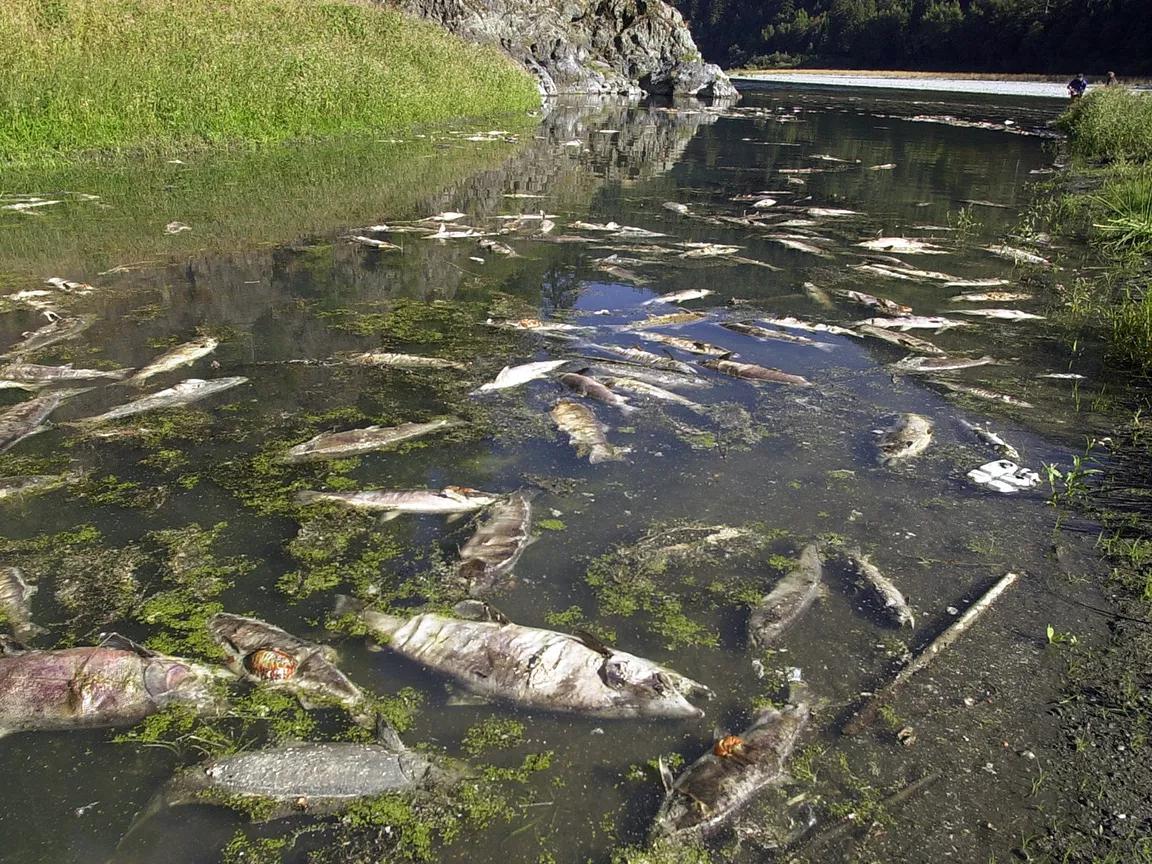
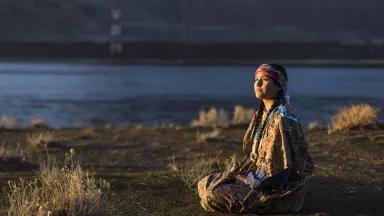
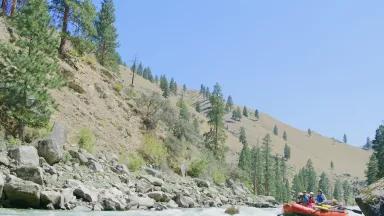
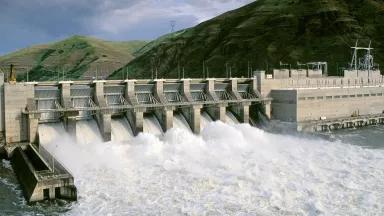
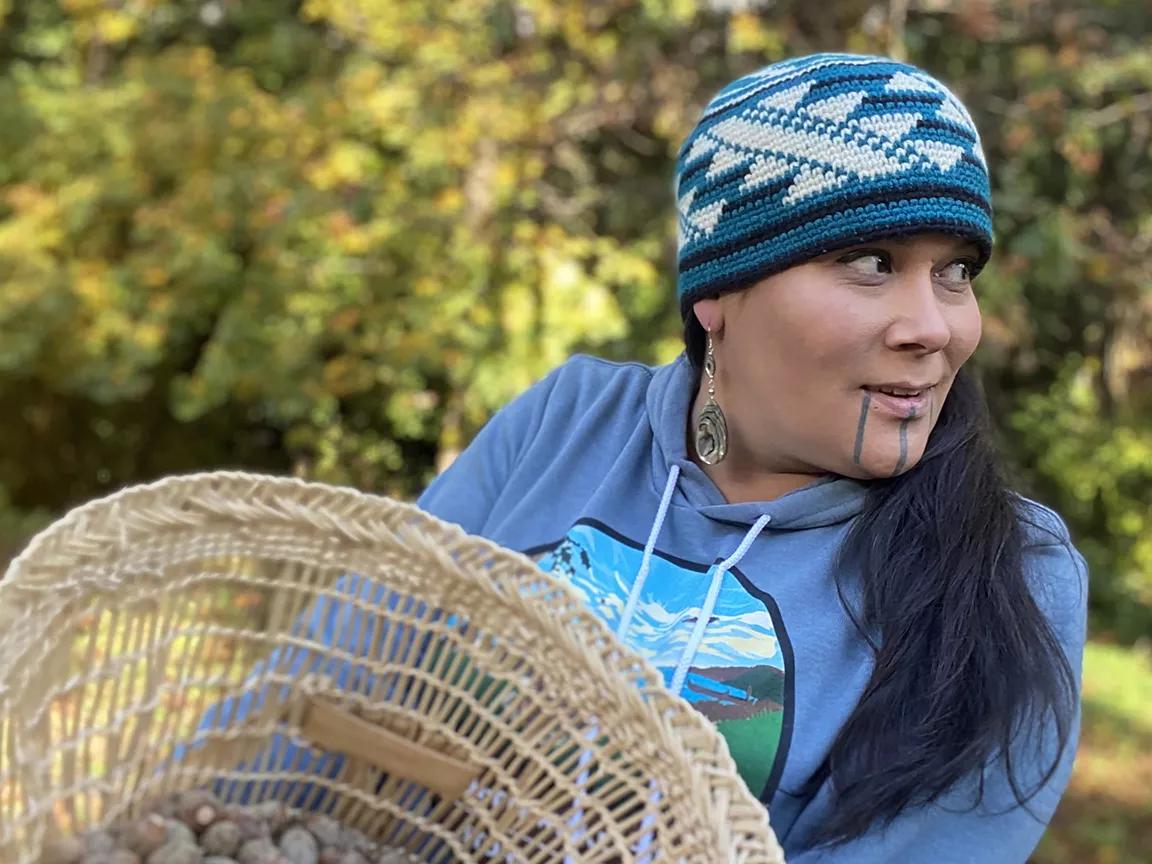
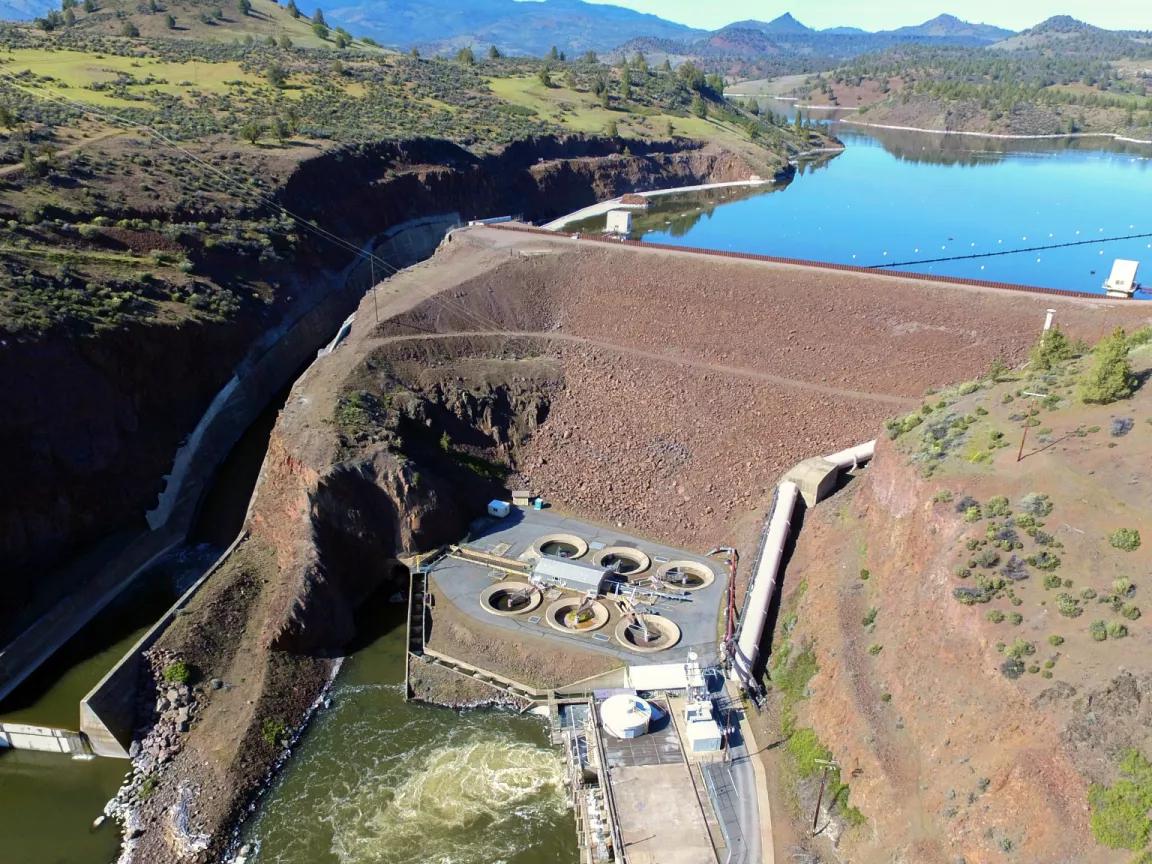
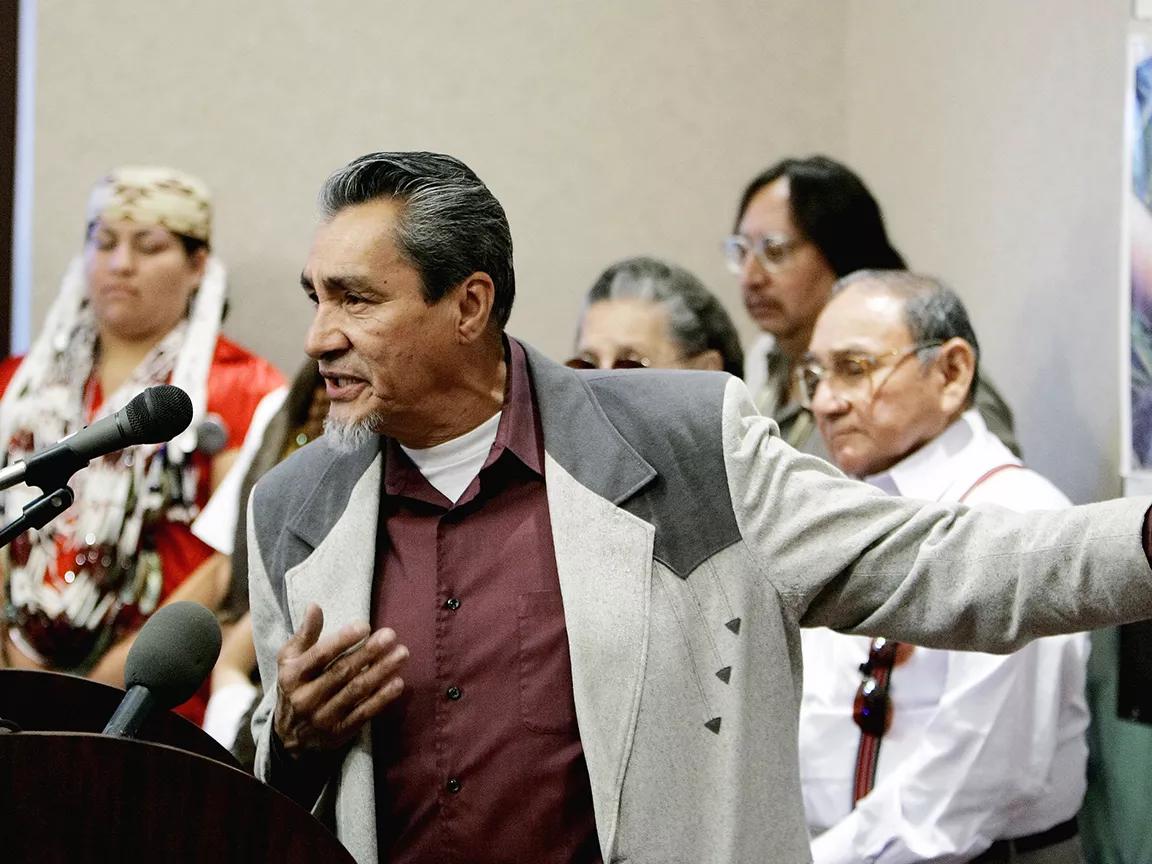
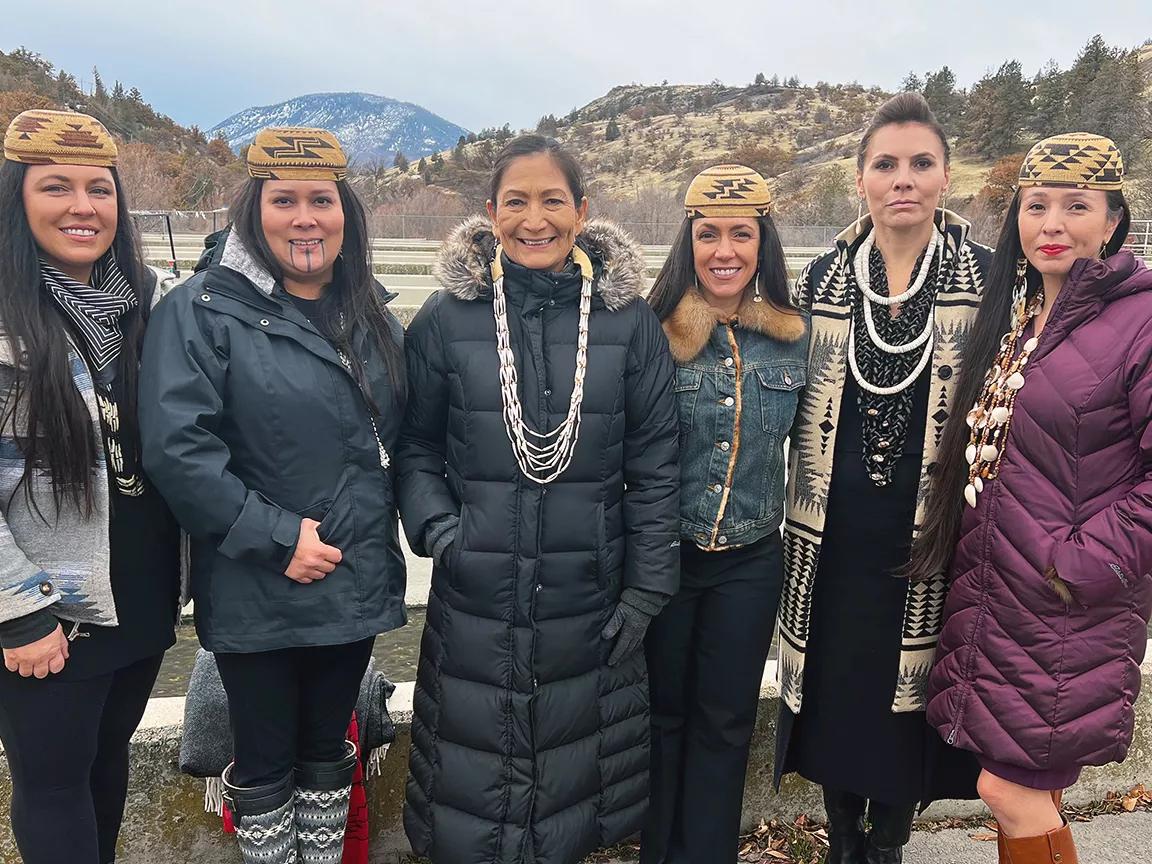
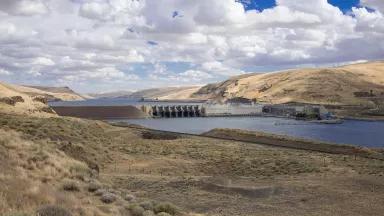
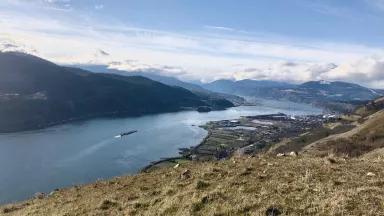
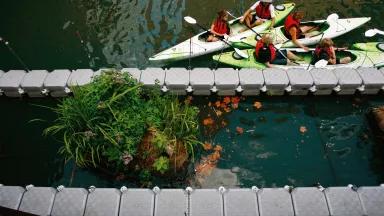
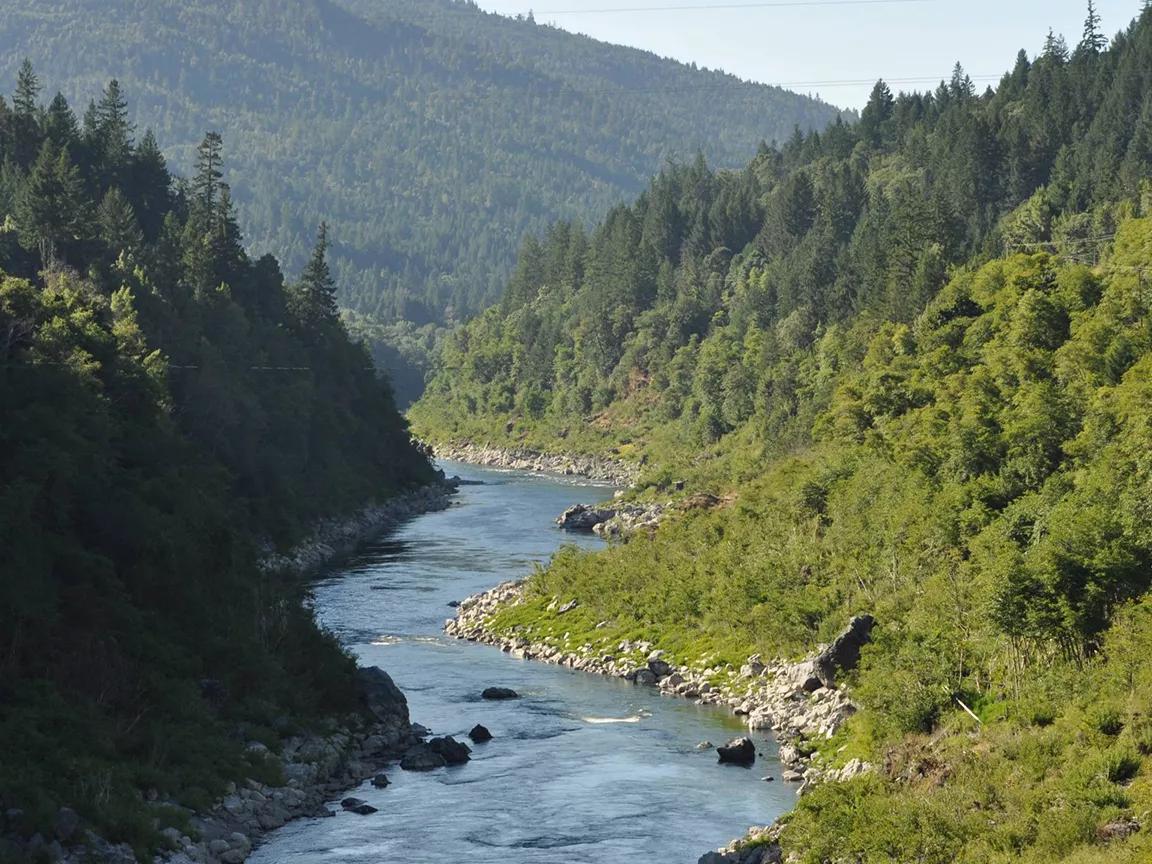
In the Columbia–Snake River Basin, Salmon Are Losing Their Way
In Planning for Climate Change, Native Americans Draw on the Past
Water Is Life—from Standing Rock to Oaxaca’s Mixtecan Highlands